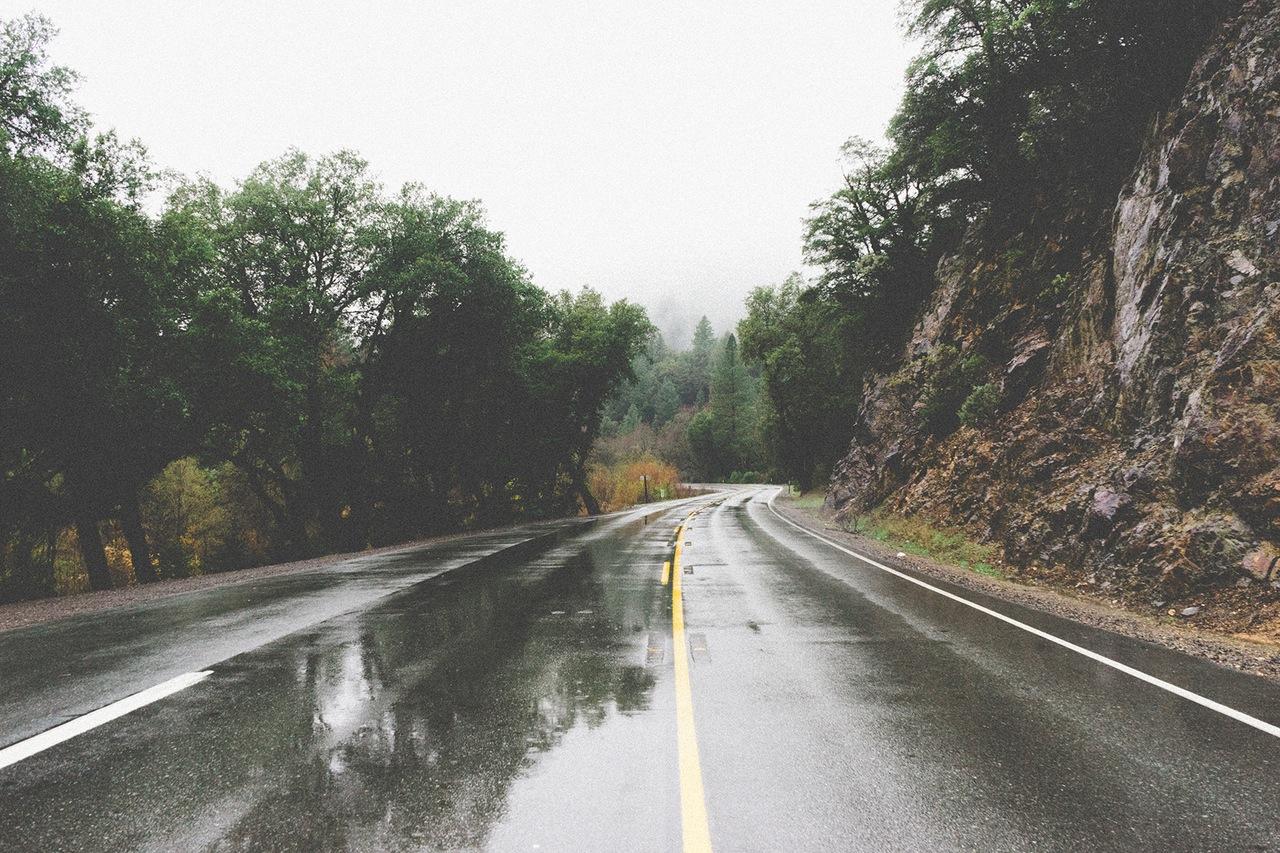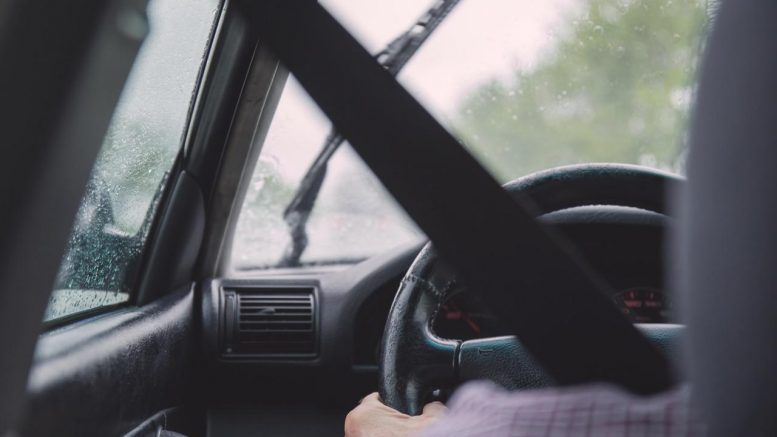Wet Weather Driving
There is already so many things on our minds and things we must take note of while driving that any wet weather condition makes it more complicated. But, the changes in weather is quite inevitable. There are many other great additional tips for your car and for you as a driver besides avoiding the rain, slowing down or holding the wheel with both hands.
Many motorists just drive and unconsciously forget that the wet weather can play a major factor. Motorists need to stay alert at all times when they are behind the wheel no matter the conditions. These additional wet weather driving tips and car preparation can help you prevent an accident on the wet and slippery road.

Image: Pexels (Jaymantri)
Wet Weather Driving Tips
Braking Distance
With wet and slippery roads, it is wise to increase your braking distance gap. Not only is it harder for your vehicle to get traction to slow down but your visibility is also affected. Increasing your distance also helps you react to any unforeseen incidents.
Turning – Corners
Always slowly brake on the straight before the turn rather than in the middle of turn. Also accelerate after you complete the turn, this prevents any unwanted slippage of the rears and even front tyres. Definitely avoid sudden jerks or rapid steering movements. Any of such actions may cause the car to lose traction.

Image: Flickr (Julian Povey)
Tyres – Tread & Maintenance
Tyres as you may know it are crucial for the vehicle, rain or no rain. Make sure you check the tyre on a monthly basis, checking if there is plenty of tread and that it is getting an even wear all-around. Otherwise you should be getting a wheel alignment to help you prolong the tyres and grip efficiency. This should essentially be done bi-annually.
You should know your car more than anyone and how it would handle in certain conditions. AWD, Front-wheel or Rear-wheel can play a major factor. Tyres come in a range of all different sizes and specs. Some tyres are more effective in summer but less in wet while others prove well-rounded. Some are economical thus affecting grip, while some are high performance that stick well but wear out faster. Get to know what is on your car and what tyre you are running.
Not only is the tread important but the tyre pressure is as well, make sure that tyres are properly inflated. An overly inflated tyre will lose some grip, you would want the maximum amount of tread touching the pavement. But an underinflated tyre would affect handling and require the car to use more power thus more petrol to move.
Tyre shine / tyre dressing should be avoided on tyres when you know it’s going to rain. If this is on the tread it can definitely be a dangerous problem. Motorists often forget that on wet slippery roads, tyres have far less grip. Leading to loss of traction.

Image: CC Wiki (Mateus S. Figueiredo)
Lights – Headlights
Lights are also important. Make sure all lights are in check. This most definitely includes headlights, reverse lights, brake lights, blinkers and fog lights if needed. It is advised to have your headlights on while it’s raining for that extra bit of visibility. As visibility is poor in the rain, you would want other cars to be well noticed. You wouldn’t want to put yourself and anyone else in danger.
Windscreen Wipers & Windows
Wipers help visibility a fair amount. You will be amazed at the difference a brand new wiper can do to your visibility on a rainy day. Wipers should generally be changed yearly at least. A properly fitted brand new wiper would wipe clean your windscreen.
Also, make sure that your windows are clean inside and out. This prevents the rain from smudging or trailing. You can also opt for a washer fluid that will cause water to bead so that visibility can be that much better.
Additionally, make sure the air conditioner is in working order as this can help defrost the windows quickly and efficiently. You wouldn’t want to be continuously wiping the inside. This will be a definite distraction.

Image: Pexels (SplitShire
Hydroplaning
When it is raining make sure you do not exceed 80 km/h. Depending on the layer of water you may have a chance of hydroplaning the car. This is when you lose traction of your tyres due to a high level of water. You will notice that the tyres will be slipping, but do not panic. Stay calm and avoid heavy braking. Any hard braking or sudden movements will cause your car to totally lose traction. Avoid turning the steering wheel and apply slow gentle pressure to the brakes. The more tread you have the better!
Cruise Control
Note, remember to have cruise control off in the wet. Not only should you be controlling your own speed in these conditions, but if you hydroplane the car, it will tend to speed up since it loss traction.
Pull-Over
If the weather is too extreme, pull-over. We all want to make it home as fast as we can but if conditions are unbearable and visibility is too low, the best bet is to pullover and wait. Turn on your emergency lights while you wait.
Never drive through deep or moving water. A vehicle can easily be swept away. And if the water is deep it could potentially damage your vehicle’s components.

Image: Pixabay (churchillrae)
Keeping these wet weather driving tips and preparations in mind will greatly reduce any future accidents in the wet. Allow for more travel time and even though the speed limit is there, it doesn’t mean you have to go that fast, go with what you are comfortable with, it is better to be late than to be sorry.

Be the first to comment on "Wet Weather Driving Tips – What to look out for in the Rain"